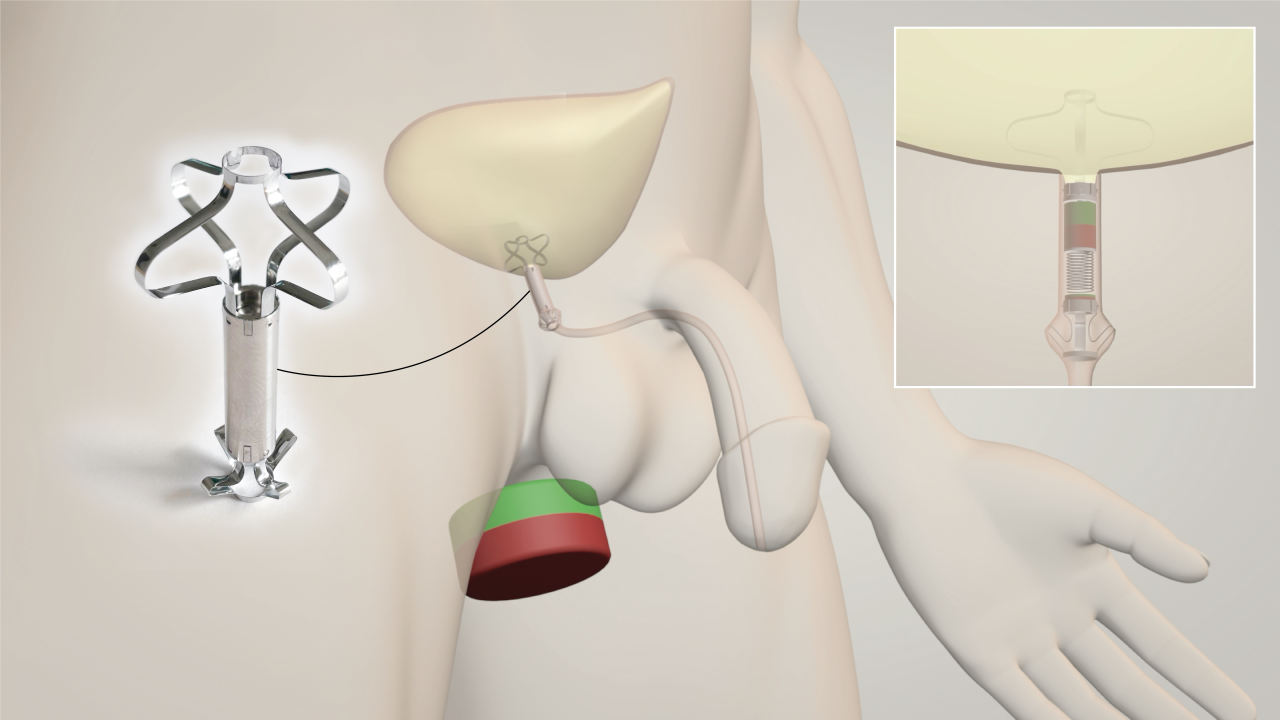HPC Simulation in an Endourethral Sphincter Against Urinary Incontinence
Presentation of the problem and objective of the experiment
RELIEF recently proposed a highly innovative Artificial Urinary Sphincter (AUS) against urinary incontinence. The company demonstrated the feasibility, acceptability, and easy use of AUS, but also pointed out the need for optimization of its design, in particular related to the anatomy of the male/female urethra. In this context, HPC-FE simulations can give a disruptive boost to the final development of the product, accelerating the go-to-market strategy, reducing the cost of prototyping and, moreover, minimizing experimental tests.
Short description of the experiment
With this experiment, RELIEF aims at enhancing the knowledge and the fine-tuning of its device, in order to accelerate and improve its final steps towards the go-to-market. In particular, RELIEF aims to define the optimal size of the device, and in particular the diameter of the distal stent, as a function of the male/female urethral diameter. The optimal diameter should not induce too high pressure that may lead to tissues lacerations and long-term side effects. At the same time, the optimal diameter should avoid urine leakages between the sphincter and the urethra and sphincter migration toward the bladder, which may negatively affect the functionality of the sphincter. Therefore, the objective is to increase the success rate of the device reducing the negative post-surgery outcomes.
Organisations involved:
End User and Technology Expert: Relief srl
Application Expert: Centre for Mechanics of Biological Materials of the University of Padova
HPC Expert: M3E srl
HPC Provider: CINECA
Partner CINECA is part of the NCC Italy.


